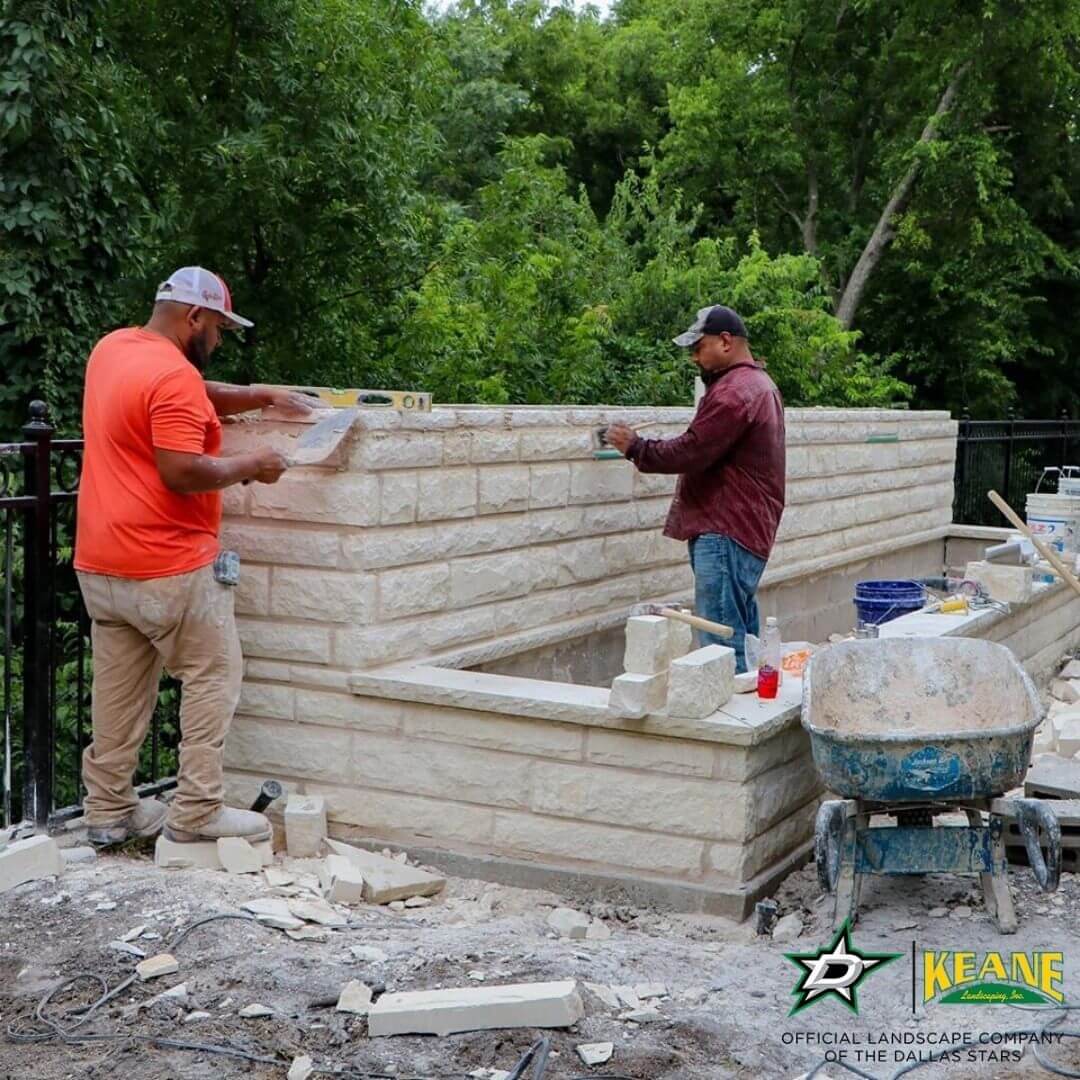Unlocking the Tricks of Sustainable Masonry Construction Practices for Eco-Friendly Buildings
Among the myriad approaches to green building, sustainable stonework construction stands out as a reliable and resilient approach that holds a wide range of untapped capacity. From the choice of materials to cutting-edge building techniques, the secrets to attaining sustainability within stonework building are multifaceted and intriguing.
Benefits of Lasting Stonework Building
Welcoming lasting masonry building techniques not just decreases ecological impact however additionally offers long-lasting financial advantages to home builders and areas. By utilizing products like recycled blocks, blocks, and stones, builders can considerably reduce the carbon impact of their tasks while promoting resource effectiveness. In addition, lasting masonry building methods, such as correct insulation and thermal mass residential properties, can enhance energy performance within structures, resulting in lowered operational expenses with time.
Furthermore, the toughness and resilience of masonry structures add to long-lasting economic benefits. Buildings created using lasting masonry techniques frequently call for much less maintenance and repair work, converting to cost financial savings for home builders and homeowner. The durability of stonework products additionally ensures that structures continue to be stable and safe, decreasing the requirement for regular restorations or substitutes.
Eco-Friendly Stonework Materials
Making use of environment-friendly masonry materials is an essential action towards improving the sustainability of building and construction practices and decreasing environmental effect while maximizing long-term economic benefits. Lasting stonework products are sourced, produced, and utilized in a way that lowers overall environmental influence. Lasting concrete obstructs include recycled aggregates and may feature enhanced insulation residential or commercial properties, adding to power efficiency in structures.
Furthermore, all-natural materials like adobe, rammed earth, and straw bundles give superb thermal mass properties, lowering the demand for heating and cooling down energy. These products are often in your area available, advertising regional economic situations and minimizing transportation-related carbon exhausts. By selecting green masonry materials, construction jobs can significantly minimize their environmental impact and contribute to the development of much healthier, more lasting constructed environments.
Energy-Efficient Stonework Techniques
Power performance plays a critical duty in improving the sustainability of stonework building methods. By implementing energy-efficient stonework strategies, builders can significantly decrease the general power usage of a structure, leading to reduced operational prices and a smaller sized environmental impact. One vital energy-efficient stonework method is making use of thermal mass, which entails incorporating dense materials like concrete or block into the building's framework to soak up and store heat. This assists manage interior temperature levels, minimizing the demand for mechanical heating and cooling down systems.

Innovations in Sustainable Masonry
Recent developments in sustainable stonework techniques have actually caused ingenious methods that are reshaping the building market. One such technology is the growth of self-healing concrete, which makes use of bacteria embedded within the concrete to heal fractures autonomously. This breakthrough not only lowers upkeep prices yet likewise improves the resilience of masonry structures, contributing to their sustainability.
An additional significant technology is making use of recycled aggregates in masonry construction - masonry contractor. By integrating products such as smashed ceramic waste or recycled glass into concrete blends, building contractors can reduce the environmental effect of building and construction projects while keeping architectural view stability. This practice not just draws away waste from land fills but likewise saves all-natural resources, making it an essential innovation in lasting stonework construction
Furthermore, the combination of electronic layout devices, such as Structure Details Modeling (BIM), is reinventing the means stonework frameworks are intended and constructed. BIM enables even more specific calculations, decreased product waste, and boosted power effectiveness, inevitably causing even more lasting building techniques. These advancements jointly indicate an appealing future for lasting masonry building in the era of eco-friendly structures.
Future Trends in Stonework Sustainability
With the innovative strides made in sustainable stonework methods, the future patterns in masonry sustainability are poised to more transform the building and construction industry. One of the crucial patterns shaping the future of stonework sustainability is the raised integration of modern technology. Advancements such as Structure Details Modeling (BIM) and digital reality simulations are being used to optimize stonework construction processes, leading to lowered material waste and boosted power effectiveness in structures.
In addition, the advancement of unique lasting materials is readied to play a significant role in enhancing the eco-friendliness of masonry building. masonry contractor. Technologies like self-healing concrete, recycled accumulations, and bio-based binders are gaining grip for their capability to reduce ecological effect while keeping structural integrity

Conclusion
In conclusion, sustainable masonry construction methods offer various advantages for environmentally friendly structures. By making use of eco-friendly materials and energy-efficient methods, stonework can add to a more sustainable developed environment. Developments her explanation in sustainable stonework are constantly being established to additionally enhance the environmental efficiency of buildings. Looking towards the future, the trend of masonry sustainability is expected to expand, causing more eco-friendly and energy-efficient building methods in the years to find.